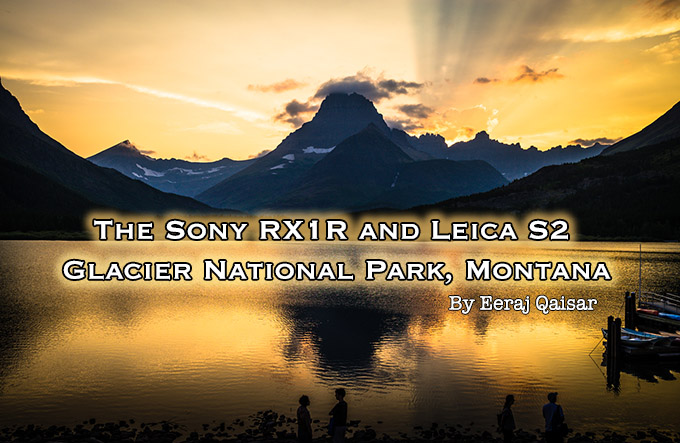
User Report – Sony RX1R and Leica S2 in Glacier National Park, Montana
by Eeraj Qaisar
Hello Steve!
I have been following your web-site for quite some time now and have seen it s tremendous growth over the past several years. Having enjoyed many user contributed stories, with some very impressive photo shoots (Ashwin Rao’s “Chasing Light in the Plaouse” is one such story that comes to mind). Here is my contribution.
About me: I have been interested in photography and outdoors since a long time. My first camera was an Afga Click III. Currently I use various Leica cameras with some of the newer digital compacts like Sony RX1R and Sigma DP3 thrown in the mix. While I am not a pro-photographer, I am dedicated enough to devote substantial time to photography and get out of bed at unearthly hours to catch that elusive pre-dawn or dawn glow and stay up late at night to get that one moon-shot. My photostream on Flickr is here and I also published a book on blurb.com featuring some of my photos from this user report here.
[ad#Adsense Blog Sq Embed Image]
This will be a part user report and part travelogue with some notes about my recent visit to the spectacular Many Glacier National Park in Montana.
As it happened, I ended up with 3 cameras on this trip – Sony RX1R (the new version without the AA filter), Leica S2 and Sigma DP3. I will cover my impressions with the first two in this report. Sigma DP3, a formidable but quirky machine in own right can perhaps be covered in another report. For the Leica S2, I took the 180MM and 35MM lens. I could have perhaps skipped the 35mm, but since I am a glutton for punishment, I decided to haul both these beast sized lenses across the country in my backpack.
So my backpack included: Sony RX1R, Sigma DP3, Leica S2, Leica 180MM Elmar and Leica 35MM Summarit, Really Right Stuff ballhead, memory cards, batteries, rainsuit, a light jacket, and some snack bars. Add a medium-sized carbon fiber tripod in my carry on to the mix and I won’t blame if someone says I need to see a therapist soon.
TIP: In the USA, TSA generally allows tripod in carry-on luggage. Make sure you don’t have spiked feet with it and remove the heavy ballhead and keep it separately. Regulations may vary at other places and even TSA is inconsistent at times. I however carried my tripod in my carry-on.
–
My thoughts on Sony RX1R
Steve has already reviewed the RX1 in detail earlier and also the RX1R recently. Let me say that it is the best full-frame 35 mm compact cameras in existence today. I say it on the basis of the totality of its package that includes image quality, size, portability, FF sensor, superb Zeiss lens and the controls it offers. There is nothing like it out in the market today. There are some nice APS-C compact cameras that come close, but not equal to it in 35MM format. At the risk of upsetting some Leica diehards, I would say that for 35MM focal length, RX1R will give more consistent results shot to shot, with no loss in image quality compared to either Leica M9 or even the new M (yes, I have access to Leica M9 and Summilux 35 FLE). (I agree – Steve)
Its one Achilles heel is no built-in EVF and that renders it virtually useless in bright sunlight. Non-articulating LCD is another. I was unfortunately not able to get the EVF on time for use with it. The other thing is that the battery life while not bad is not great either. Plan to take 3 batteries if this is going to be your only camera for a full-day’s worth of shooting. Otherwise two will suffice.
On all cameras, I use only singe center point AF, aperture priority and this is how I used the RX1R also.
It feels nice in hand and has a certain heft that without being heavy, manages to convey a feeling of solidity. A very fine balance indeed. In use, I found it fluid and fast. Most controls I needed were a click or two away, including ISO (left click on the wheel), exposure compensation (dedicated wheel on the top – brilliant), real aperture ring on the lens (lovely), drive mode (press the Fn key and select the drive mode).
I am not sure how Sony engineers managed to squeeze in a built-flash too. Perhaps they can make the LCD screen articulating and add an EVF too in a later iteration while keeping size largely same. One other thing Sony can improve upon is to tone the camera down a bit – I mean it looks a bit too flashy with bright white markings and the ring around the lens saying “35MM Full Frame CMOS Sensor” is downright silly. These flashy things reflect Sony’s consumer electronics background, but please can they just tone it down?
I used AF most of the time (and it never missed), with probably only 3 or so shots taken using MF as the targets were a bit tricky (small berries behind some leaves). When shutter speeds got low and tripod was not viable, I raised ISO to 400 without hesitation. In practice it can go much higher on the ISO without practical image degradation, but personally I prefer to then use a tripod and keep the ISO low especially for critical shots in places that I may not visit again that easily. Obviously it depends on the situation too – if it is a shot, that moment that you must capture without wait, then feel free to go up to ISO 3200 or perhaps more. RX1R will deliver. Another thing is that this camera has a much larger headroom than its image previews with blown highlights indicate (these are incorrect in most cameras anyway as they are based on JPG previews, even if you shoot RAW), so feel free to experiment by pushing the EV to +0.3 or +0.7 and then pull back in post for even better noise control. In other words, play with ETTR. You can also look at the histogram in live-view as that is closer to reality.
Tip on batteries: If you are like me, you will be out shooting by 5am and won’t be back by 8pm or even 9pm as the real fun for evening photography happens when it starts to get dark. Add to this the fact that you may have been hiking and will dead tired when you get to your room. You also need to get up early next day – 5am. Given all this you may not have time to wait for one battery to finish charging so you can put in the next one, unless you are awake all night. So think carefully how to manage all this.
–
Leica S2
Note: Steve reviewed the S2 earlier, be sure to read his review as it covers more ground than my user notes here.
If Sony RX1R is the svelte model, the Leica S2 with its lenses is to put it delicately, Rubensque. Well maybe a bit of an exaggeration, but you get the idea. It is the exact opposite of RX1R, not only in size but also in appearance – devoid of any bright white markings nor any announcement on the outside stating that it has a larger than FF sensor. Though the body alone is no larger than pro FF DSLRs, with the lenses, it is big and heavy. You will get noticed. Its high ISO sucks. Actually, it does not have high ISO by modern FF or APS-C standards. Its LCD screen is barely adequate at 480K. A D800E can not only compete, but exceed it in some cases, especially at high ISOs. So why did I take it? As it happened, I was offered a loaner for a month or so. At first I was hesitant to carry it due to size and weight. But a few hours with it and I made a decision. A big and bright viewfinder, superb ergonomics, lenses with gorgeous manual focus ring and precise autofocus all convinced me to haul it with me. I was not disappointed.
In hand, ergonomics are superb and all buttons are placed so that the thumb and the forefinger rest at the right places. I found the AF very accurate. Having used the D800E before and the need tweak AF to get the right focus, it was a pleasure to not do this hocus-pocus with the S2. Each Leica S2 lens comes with embedded firmware specific to that copy of the lens that ensures accurate AF. Except in very dim light when the AF did not work at all, I tried hard to see if I could do better than the AF with manual focus on my own. Even when using a 2X loupe over the viewfinder, I did not find one instance where manual focus was more precise that the AF.This is simply amazing. In the S2, you can set the camera to manual focus and yet, by pressing the function button at the back can have the lens AF. I found this very useful and used this setting all of the time as it allows you to quickly set the focus via AF and then tweak a bit if needed. The focus ring on the S2 lenses is a joy to use with a large grip and very precise movements. Some may find Leica S2’s single center point AF limiting, but that was more than adequate for my purposes. S2’s AF while accurate is not exactly fast if you compare it to the likes of Nikon D800E or Nikon D3X.
One thing to note is that the 1/F rule for handholding does not really ensure crisp shots with the S2 or any other larger than FF sensors for that matter. 1/2F is a minimum and 1/3F is needed if you want to increase your odds. Given this and the fact that I used the S2 180 mm lens most of the time I used the tripod with it for all of my shots. Yes, a pain. But that pain and ache is gone in a few days and the results will last a long time so it is worth it. Another thing: on the tripod, I either chose drive mode of 2 seconds self-timer that enables mirror-up automatically or 12 second-timer and enabled mirror-up. This is important to ensure that any vibration resulting from shutter press dies down before the shutter is tripped. A better way is to use a remote release which I did not have.
A tripod does limit mobility and at times creativity. At other times, it can slow you down and force you to be in a more methodical shooting mode as opposed to a machinegun shooting style, so that can be good. So plan ahead about your objectives for that day’s photographs and how you will accomplish those.
I ended up using the S2 180mm Elmar lens a lot on this trip. The reason is that vast landscapes like these require long lenses to really focus on the interesting parts. I would say it is much harder to pull off convincing landscapes in places like Grand Canyon or Glacier National Park with wider lenses. If you don’t have a tele-lens with you in such areas then it is simply not possible to get certain shots. You can’t zoom with you feet and walk on water or air to get that shot of the mountain-top with fog on it or pick a certain structure far in the canyon. This is not to say that a wide lens is not needed or cannot be used effectively in these situations – the point is that you need to plan for both situations.
Note that the crop factor on the S2 is 0.8x.
Battery life is superb. After a full day of shooting, the meter had barely budged.
One comment I often hear on cameras like Sony RX1R, Leica S2, Leica M9 “camera xxx is thousands of dollars cheaper than [RX1R/S2/M9] and can produce equally good photos”. The reality is that all modern cameras are good and you have really have to try hard to find a BAD camera today. It boils down to your personal preferences, ergonomics, camera size and your budget. Even the iPhone can take excellent photos. So find a camera that you like and can afford and enjoy.
–
About Many Glacier National Park, Montana
Stunning. Amazing. Breathtaking. It is a wonderland if you like the outdoors, the mountains, the spectacular scenery, several hiking trails at all levels of difficulty, lakes and much more. From the US East Coast, getting there is a bit of a hassle requiring two flights. But it is worth it. I met many persons not only from the USA but from all over the world there during my trip. I spent 6 days there and probably could have stayed 4 more without running out of things to do. For staying there are several options, both inside and outside the park.
Main Activities & Logistics
The park has two main entrances, West Glacier and East Glacier. I found East Glacier to be more scenic but the West side is no slouch either. I would recommend dividing your time by staying on both sides to be able to enjoy the scenes from both sides. Whether you are a hiker, biker, want to enjoy the scenery just from the car or all of these, there is plenty do here.
One of the main attractions here is the aptly named “Going to the Sun Road” that makes its way through lakes, and then reaches dizzying heights with spectacular views of valley below. It was built in 1932 and is a fine example of civil engineering and sheer willpower even today. It passes though small tunnels, waterfalls right by the road (!) and has several pull-outs along the way to stop and soak in the majestic sights. It runs West To East (or East-West) and if you have time, I highly recommend covering it from both sides, West to East and East to West. Several hiking trails exist to challenge you and range from short easy hikes to strenuous multi-day adventures. Outside the park, there are a few small businesses that offer customized hikes, kayaking and other activities if you wish.
Logan Pass, a point approximately mid-point along the Going To the Sun Road is the start of many popular trails including highline trail (full day hike) and hidden lake trail (4 to six hours hike). Plan to arrive at Logan Pass by 8:30am or so as the parking lot tends to get full. Free shuttles run throughout the park, so that is another option instead of trying to jostle for a parking spot.
Popular hikes on the East side of the glacier include those to Grinnell Lake (easy 2-3 hour hike + boat trip), and hikes to Grinnell Glacier and Iceberg Lake(both full-day). In addition there are several others that will take another story to cover. For non-hikers, a car drive along the Going To the Sun Road, scenic drives outside the park, several boat tours and other less demanding physical activities exist.
Early September can be a good time to visit as the crowds will have departed by then and it will be cooler. July and August are peak months. If you want to see the wildflowers in the valleys, then probably mid-July is best. Note that at the highest points on the Going to the Sun Road, snow drifts can occur even in late June or early July.
As for me, I hiked, I walked, I drove on the Going to the Sun Road 4 times, took many scenic byways and marveled at the stunning and at times powerful and poignant scenes I came across. I stayed two days on the West Side, 3 days on the East Side. Apart from enjoying many a misty morning and sunsets along several lakes, I hiked the highline trail which was physically demanding but I was rewarded with scenic eye candy all the way. Yes, I carried the S2 + 35MM + tripod + RX1 + 2 liters of water, bear spray, rain jacket and food on this trail if you are wondering. I took a few other short hikes including the easy hike to Lake Grinnell in East Glacier.
Overall, I found the combination of Sony RX1R and Leica S2 with 180mm APO Elmar-S complementing each other very well. I used the RX1R a lot while hiking and for quick shots while driving or when there was simply not much time to set up the Leica S2. S2 was brought into the mix during early morning and late night shots of distant horizons as well as during the day when I wanted to focus more on some of the more interesting parts of the landscape.
Wildlife encounters are not uncommon, but the time I went was unseasonably hot, so most were probably hiding from the sun. I did however, came across a bear swimming in Swiftcurrent lake that is right behind the Many Glacier hotel and what an impressive beast it was – silent, strong swimmer, came from one end to another in a short time and then scampered via the parking lot to the forest. I managed a bit blurry grab shot of it swimming. In addition, I was greeted by a small mountain goat at Logan Pass. Generally there are quite a few of them in the open, but again, they were taking shelter in trees due to the sun.
Note 1:
You cannot carry bear spray [a form very powerful pepper spray) on airplanes. So donate yours (hopefully unused!) to the park ranger office when you leave. These park rangers are awesome and will not hesitate to risk their lives to rescue you.
Note 2:
This is backcountry and even though the trails are well maintained for the most part, be very careful while hiking or navigating the rugged terrain. Do not hike alone. This is bear country and that is not the only danger. People have fallen to death and drowned here. Cell phones do not work in most of the area and certainly do not work on most trails. To put it bluntly, you can get killed or vanish and never be found if you are not careful. You may be working out in the gym every day, but that does not come close to the effort needed for some of the longer hikes. I saw a woman being carried by two park rangers on a narrow trail. She was hiking alone and slipped, fell and hurt her leg badly. She was lucky that another hiker was in the area and he went down to get help for her. I recommend the excellent and free ranger led hikes for those not experienced with backcountry hiking. Check the NPS web site for activities. You can enjoy the place without hiking too if you wish.
Lodging
At places like these and especially if you are coming from afar, I always recommend staying as close to the scene of action as possible even if it means paying more. See the few images I took at dawn. These were right outside the lodges I stayed in. It would have been very hard to reach most of these locations on time to catch the light if I stayed outside. Having said that, the lodges inside the park are very old and Spartan and not exactly cheap. Some of them like the Many Glacier Hotel are about 100 years old. So you are paying for location and not creature comfort. I would however, say that irrespective of where you are staying in this area, do visit Lake McDonald Lodge and Many Glacier hotel and see the lobby inside. It will be hard not be impressed by the magnificent wooden pillars and interior made of wood.
Lodging in the park can be hard to get, so plan well ahead you intended dates of visit. Campgrounds also tend to get filled, so if you plan on camping do not expect to drop in and find spot.
Note that a lot of shots were taken is hazy conditions due to grass fires in Idaho and the greater than average temperatures that resulted in a persistent haze for most of the period. Enjoy and I will be happy to questions in the comments area.
Thank You
Eeraj Qaisar

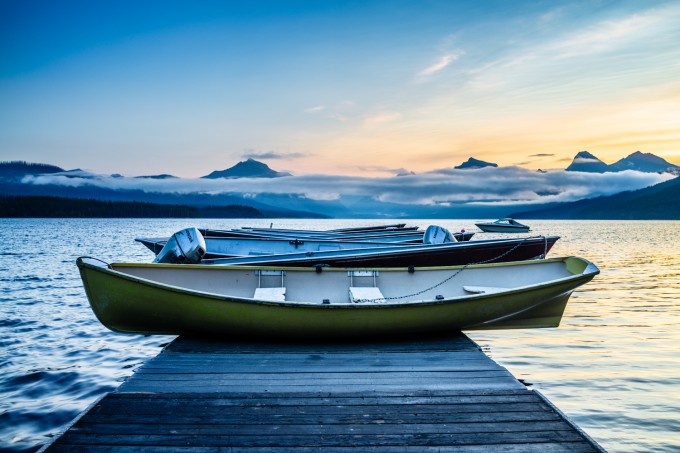
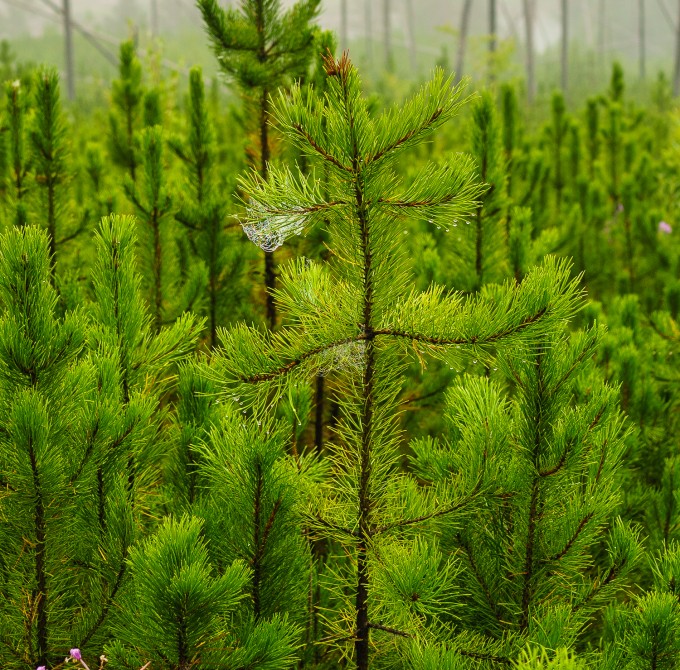
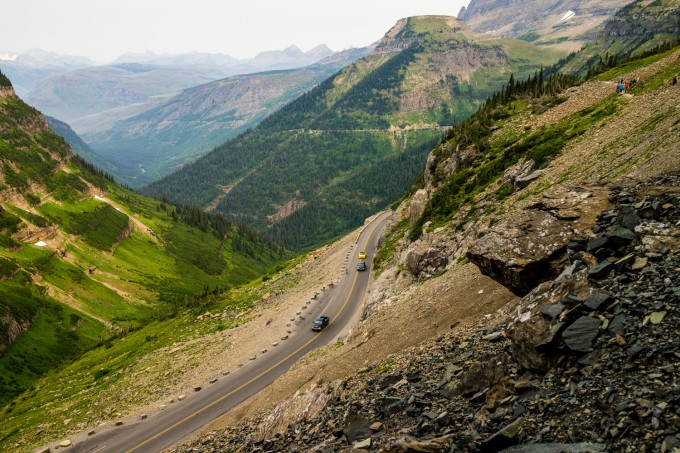
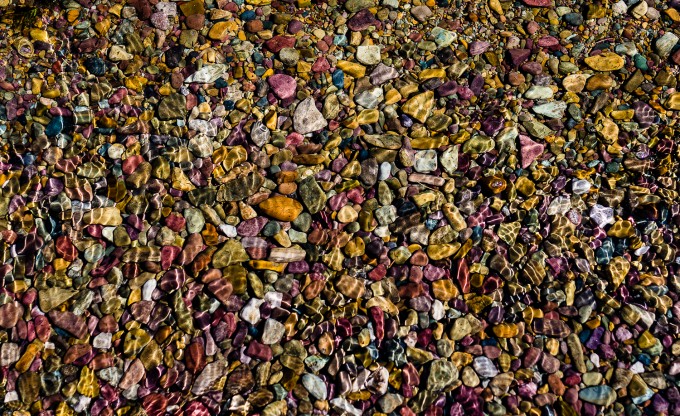
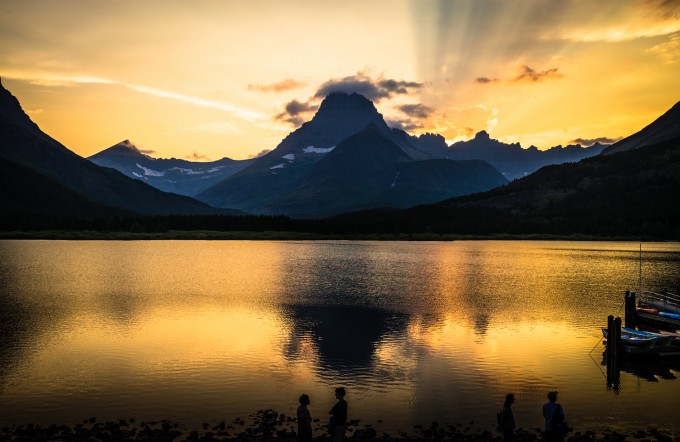
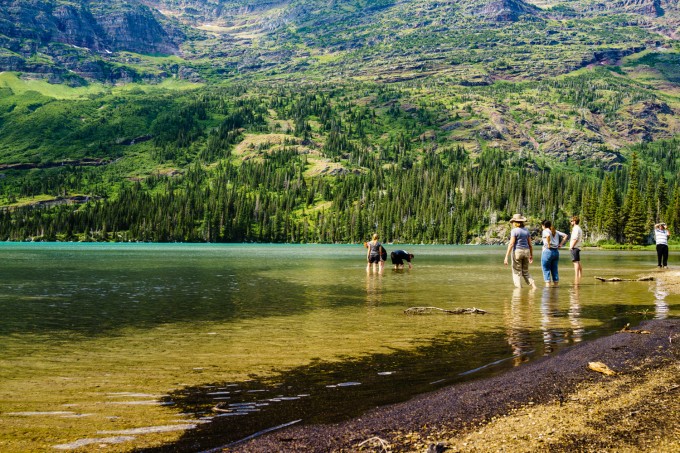
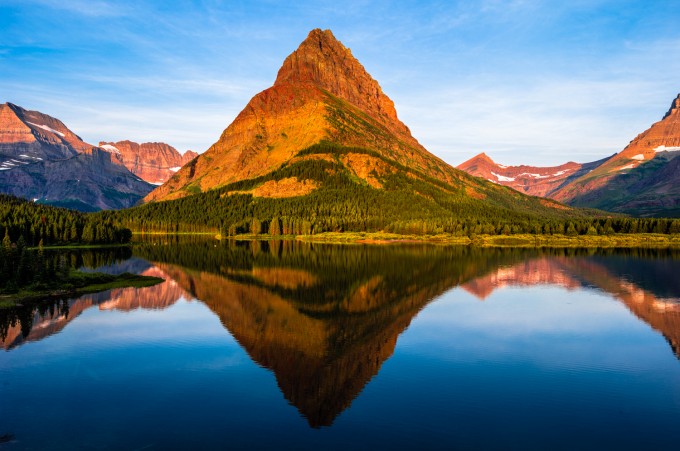
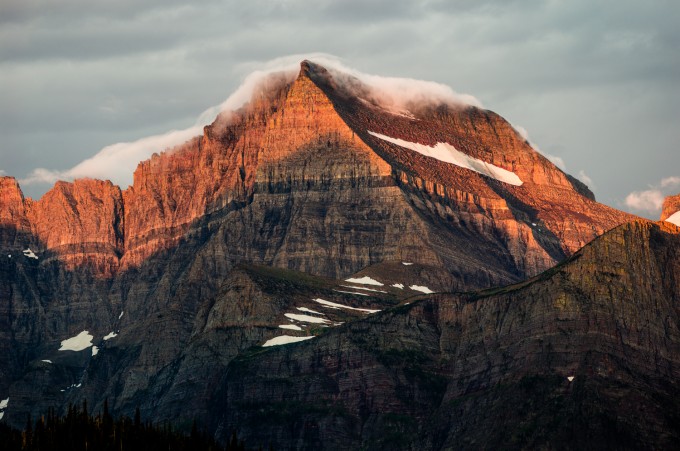
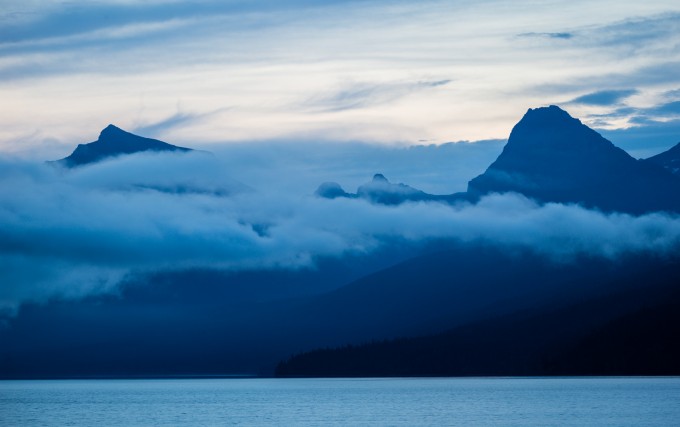
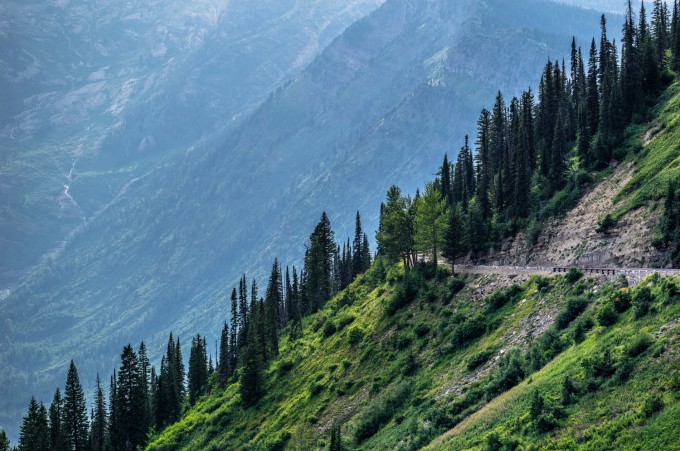
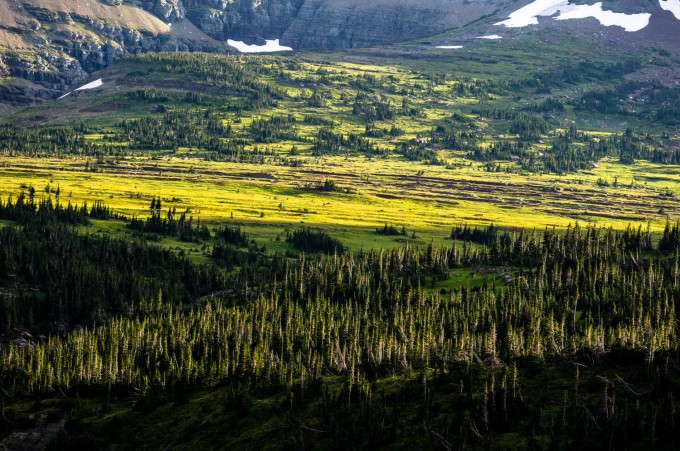
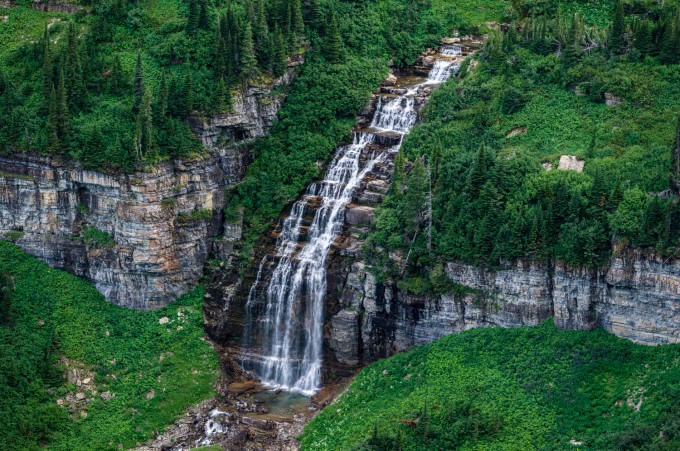
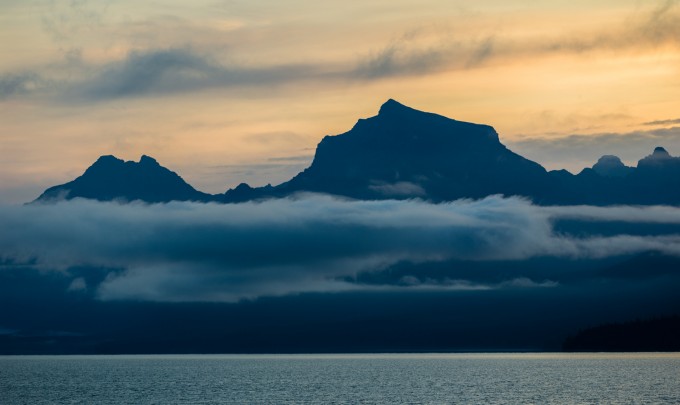
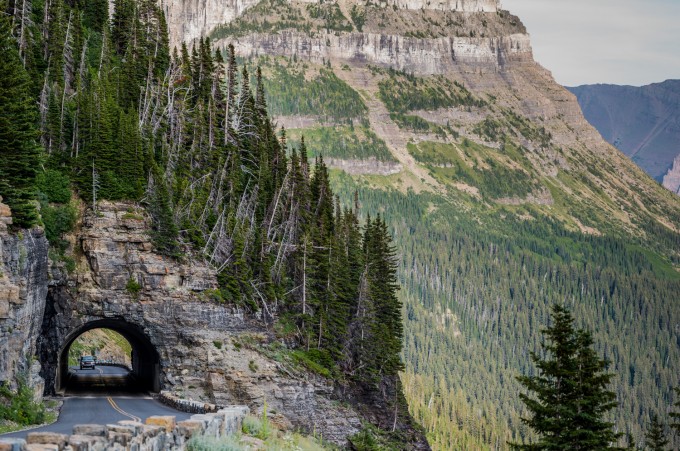
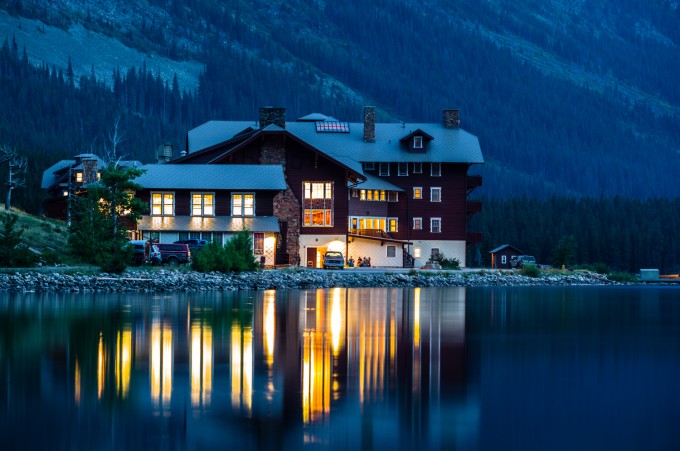
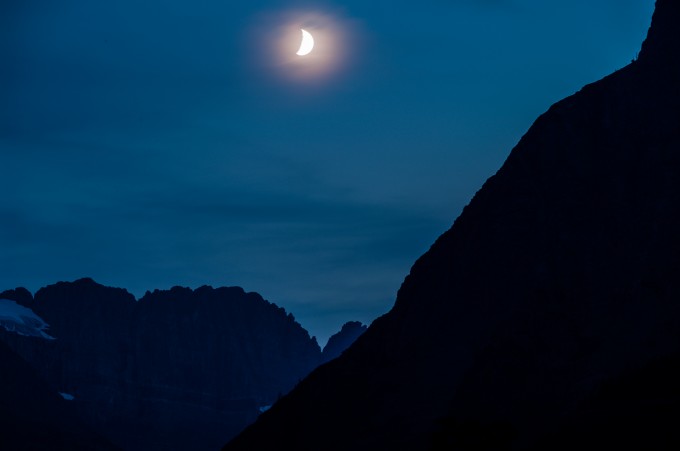

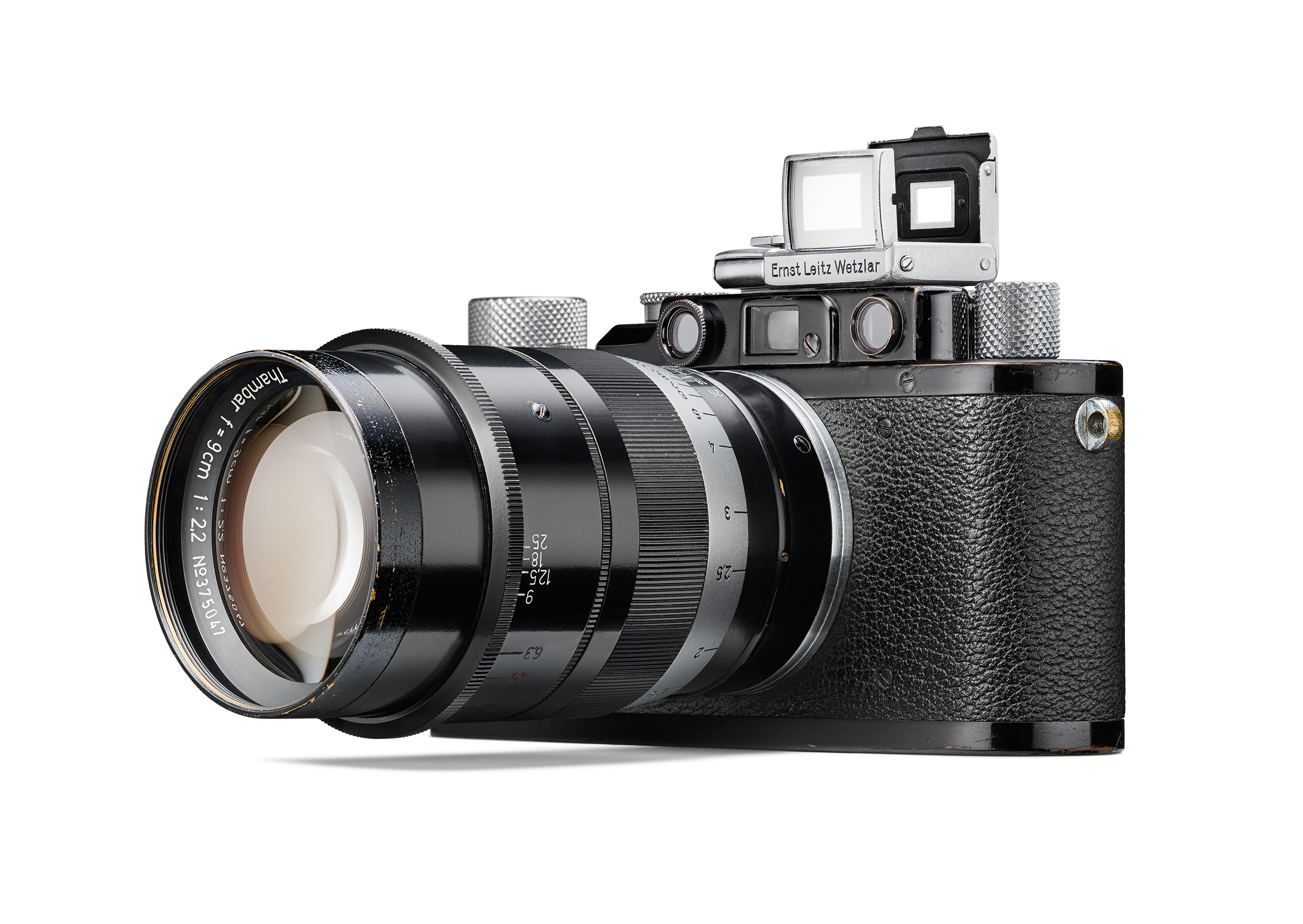

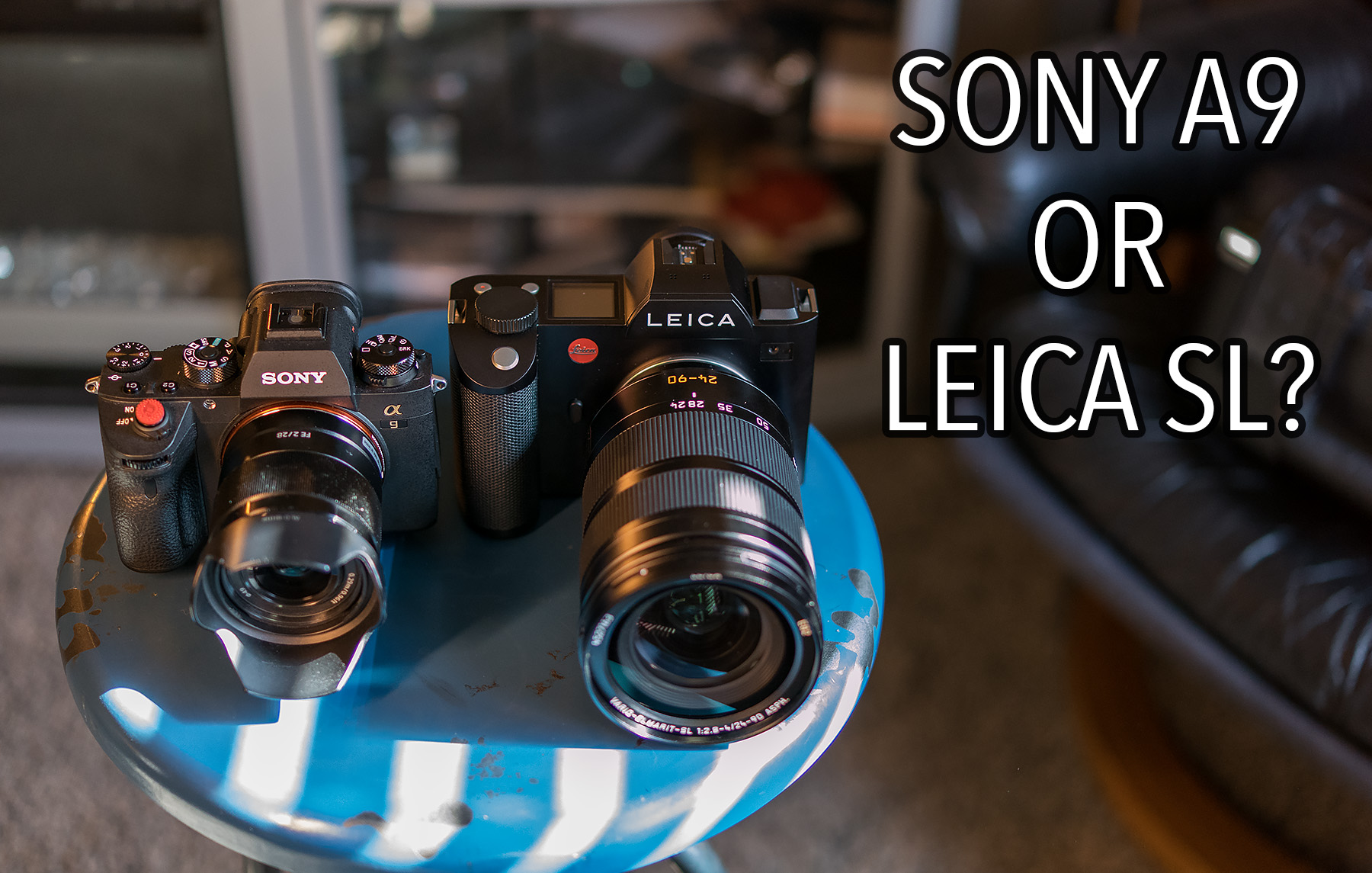
A superb collection of shots. ‘Director”s Cut’. Accompanied by a flowing narrative interspersed with useful and interesting tips. It was a joy to have seen and read this. Induces the urge to visit these wonderful places. Keep up the good work.
Your photos are fabulous ,as is your commentary.What would use if you did not have the S2? Thanks Neal
Hi Neal – Good question.
It is a hard choice – hiking and heavy gear do not mix well and weight if carried for long, restricts mobility and creativity. A combination of Ricoh GR or RX1R with a FF DSLR + tele-zoom will work well in my opinion as you have the option to sticking to something small when hiking and using the FF when you have time. Just make sure you can stow away the FF gear safely when it is not with you on your hikes.
If not for S2, then I would probably use Nikon D800E if I was planning to haul around a DSLR. Just note that higher MP = much more discipline and preparation for best possible outcome, i.e. mirror lockup, tripod, etc…
Obvious marketing ploy. Pull in customers with a cheap camera, make money on lenses and accessories. it works – look at Nikon v1
?
Hi,
I really like your images and this looks like a wonderpart of nature.
One comment regarding the S2/S: I have used these for about 3 years and while a tripod might make sense I can say that from my experience the S2/S are also very good handholded. Specially with the 35 and 70mm no problem at all. I often use 1/250 (because I often have people in my images) with these 2 lenses and get very sharp results. One big advantage here is that the S lenses are already very very good even wide open.
In your case I guess it is a different story because many images are early in the morning or late in the evening and the 180mm lens is “only” f3.5
Tom
Thanks Tom…and I agree, wide open these S2 lenses are stunning, I remember using the 120MM for the first time a few months back at another location and at F2.5 it blew me away with its rendition and sharpness.
You can get sharp results from the S2 and 35/70mm hand-held. Here is how I see it: I am in a location like Glacier National Park and I cannot come here easily again. I have hauled all this gear with me. So I would not take any changes and just use a tripod as I don’t want to accept less than best possible outcome (to the degree I can control it). S2’s LCD is just ok, but not really that good to judge image sharpness for its 36MP resolution, so in the field you may think you got it, but back home, when it is too late that critical sharpness may be lacking.
It also varies by person – some can handhold very steady at low shutter speeds.
Amazing photos. I hope to go someday. I loved your point about not being able to “zoom with your feet.” I hate that expression and the lack of understanding that unless you are a “street” photographer that is usually unrealistic. The waterfall photo and the 2 above it are simply not possible in their current form at 35mm. The cloud mirroring the rim of the mountain was incredible as well.
Chris – Agree. The waterfall was way down in the valley and with a 35mm or even 90mm it would have been too small to matter in the image. The perspective in other two you mention, could not have come from 35 or 50 or 90MM. Cropping after the fact to “zoom in” doesn’t cut it – it destroys the original intent of the image. With 0.8X crop, the 180MM on the S2 is giving the perspective of a 144MM and that was just adequate. I recommend at least 200MM in such places and if ones hopes to get a decent wildlife shot, need to go higher. Zoom lenses have their place.
There has never been anything bad come off the S2’s sensor. Ever. Beautiful work.
I have a Leica S and a D800E,the S has better colour than the Nikon,and better glass too (You get what you pay for..)the S also has a far superior preview screen to the S2 and improved A.F as well as GPS tagging,a new menu system and an additional “joystick” to improve shot review’s.
The viewfinder on the S/S2 is also vastly superior to any canon or Nikon and the ability to flash sync at 1/1000 sec is awesome if you use flash (I do)
Having said that the D800E is amazing in it’s versatility and the price makes it hard to resist,it’s also really good at high ISO,something CCD sensor’s just cant do.(although medium format camera’s will move to CMOS soon) the live view on the Nikon/Canon’s is very useful too as it the FPS and access to long lenses.
Very thoughtful and comprehensive story. Thank you for sharing. Your photos of the park are also very nice and I compliment you on your efforts. We all know how difficult it is to haul a lot of photo equipment around and how tempting it would be to just take the Sony. Having ben to Glacier National Park several times in my life, I found your photos a little disheartening. Because it appears that the namesake of the park has vanished. Thank you again for your hard work and efforts, it paid off.
Hi Jim – The “glacier” is still there but has shrunk a lot and it is indeed sad to see it get smaller and smaller. Due to logistical issues I could get photos of the remaining mass, maybe next time.
Great images! Don’t know if you’ll ever purchase an S2. They’re actually sell around 10K and under now. But do yourself a favor and rent the new Leica S, you’ll be pleasantly surprised and well-pleased! You’re also spot on about the RX1, an absolutely stunning camera in most respects. Both cameras are expensive but if one saves their pennies…anything is possible.
Thanks Ron….yes I keep hearing good things about the new S, maybe some day I will try it out.
Eeraj is my old class fellow….son of my history teacher…. Great photos love it……love to see your work on Stevehuffphoto….u r pro now…
Yogi – Small world and great to connect here my friend!
Thanks for sharing your excellent images and narrative!
Thanks for all the comments and your opinions on the post. I apologize for not answering all posts individually, but rest assured, am reading the comments and will try to answer any questions as they come up. Hopefully this will prompt a few readers to plan a visit to this park.
What a pleasure to read your post and what fantastic pictures! I suspect you’d take good photos with a Kodak Instamatic.
Impressive image quality. The detail is astounding from both cameras. The S2 seems to have a slight edge in richness and detail – and so it should but the RX1r is amazing too.Thanks for posting.
Hi Doug – Yes, the S2 does have an edge in the image rendering that is more around aesthetics of the image than the technicalities and really begs to be seen on a large printed format. For its size and convenience, RX1R continues to astound and even if it was twice as large, it would still be amazing.
Great writeup, wonderful images. More please!
Those are truly motivating photos. I spent some time in Glacier on my motorcycle during a two-year motorcycle journey and it was an unforgettable experience. I remember hiking just a short distance from the park road and drinking from a stream. It was like nothing I’ve ever tasted, so clean and pure. Thanks for the great photographs and bringing back some memories.
You drank from a wild stream?
Wonderful story Eeraj. The photos are great also.
Fantastic review, both of your photographic setup and the getaway! I live just outside of Glacier National Park and very much enjoyed how you managed to capture the essence and solitude of this fantastic area! Typically, while hiking I carry my Canon 5D Mark II for wider landscapes and an Olympus E-PL5 as my quick shooter and have been very happy with the combination. With your setup in mind, I may change my kit around without having to sacrifice what I’ve become familiar with. Again, a very enjoyable read. Thanks for visiting my small corner of the world!
http://aaron-aldrich.artistwebsites.com/art/all/landscapes/all
Great report and a very subtile judgement ! Thank you
Thank you very much for sharing. Your images are stunning.
One thing though… I agree that the RX1 should have a tilting LCD – it would make it easier in bright sun too, aside from the other benefits. But I fail to see one single instance where the built-in flash was of any use whatsoever. Shouldn’t we be campaigning to have manufacturers replace a built-in flash with a viewfinder, in that space? Whether it is a rudimentary optical one, an EVF or a fancy one like in the Fuji Pro1, wouldn’t it be more useful than a bad built-in flash? We have a big sensor, bright lens – who wants to shoot with a bad flash anyways?
I agree with your opinion on the viewfinder. The built-in flash did come in handy as a fill light for some of the self portraits I took. But I would take a viewfinder any day over the built-in flash if I had to choose. There is something to be said about bringing the camera to the eye for taking a shot as opposed to holding it at arms length.
indeed… although I’m new school, not old school (despite my age), I only use a VF when I have to – in the sun… I don’t know if you’ve seen the flash that ships with the Samsung NX cameras… it is pretty small and doesn’t take up much room (about a quarter of the space of an external EVF – I’d rather have that for fill flash any day- at least if I hate it I can change it, something you can’t do with the built-in ones that are too often poor.
Excellent photos, regardless of which cameras you used. It’s deffinately the photographer here that has the ability.
What tripod did you carry on this trek?
Induro CT214 with Really Right Stuff BH-40 ballhead.
You thoroughly deserve your gear. Beautiful pictures.
Wow, never heard that before and what a nice thing to say! And, BTW, I completely agree with you xpanded 🙂 Hope you don’t mind, but I will likely use that compliment when I feel it fits, lord knows I have thought the opposite at times lol
Great shots and very good article, thanks.
Bradley – be my guest 🙂
So great nice to share yours comments..Perhaps i’ll not buy an M 240…because for street view M8 is just OK…but yours pics in colors from the RX1R are amazing.
Did you feel the same freedom to catch the landscapes with the S2 anyway ??
I’re waiting in Europe a full frame Sony accepting the Leica lenses …..perhaps next year…
Well, S2 is obviously not a “hiking” camera and in my opinion hand holding it is a game of chance for image sharpness, so a tripod is a must. Having said that, I planned my days, locations and time where I was going to use the S2, particularly for early morning shots. In those situations it performed very well. Its huge viewfinder and lens ergonomics help a lot in composition.
If you are going to be on the move all the time in terrain like where I was and plan to take a LOT of pictures, then I cannot recommend S2. Some of the the pictures i like the most from this trip came from the S2 and these were taken when I was in a SLOW mode.
At 35MM focal length, RX1R gives no ground to any camera today, except the highest MP backs.
more mp unfortunately will require tripod for best results, but with current offerings of CF tripods help with it, it’s not that bad to walk around with CF tripod and locations like these are well worth the pain 😉
Nikon D4X?!
Good catch. I was thinking of Nikon D3X (which I used earlier and was astounded at its speed). But no worries, I think a 56MP D4X should be out soon!
:). Nice shots!
Eeraj, beautiful photography. Great review as well. I checked out your flickr and was equally impressed. You’re a professional in my book, even if photography isn’t your main source of income, it sure as hell could be. You’ve almost convinced me to sell my OMD EM5/lenses and buy the RX1R. That full frame really shines in your photos, especially the first one. Thanks for hosting a great guest Steve.
Joshuval – Thank you for looking and I am glad you enjoyed the photos. OMD EM5 is a great machine and before you commit to RX1R make sure that you can live with one focal length.
Nice images, nice words 🙂
some nice images there. I like the colour and details on the fern.
Beautiful post – that RX1R just sings in your hands. Love the work with it and aspire to have it someday as a backup to the Leica ME (Leica ME for 50mm, RX1R for 35mm… ahh…)
You won’t need an ME/50 when you shoot RX1(r) ;-))